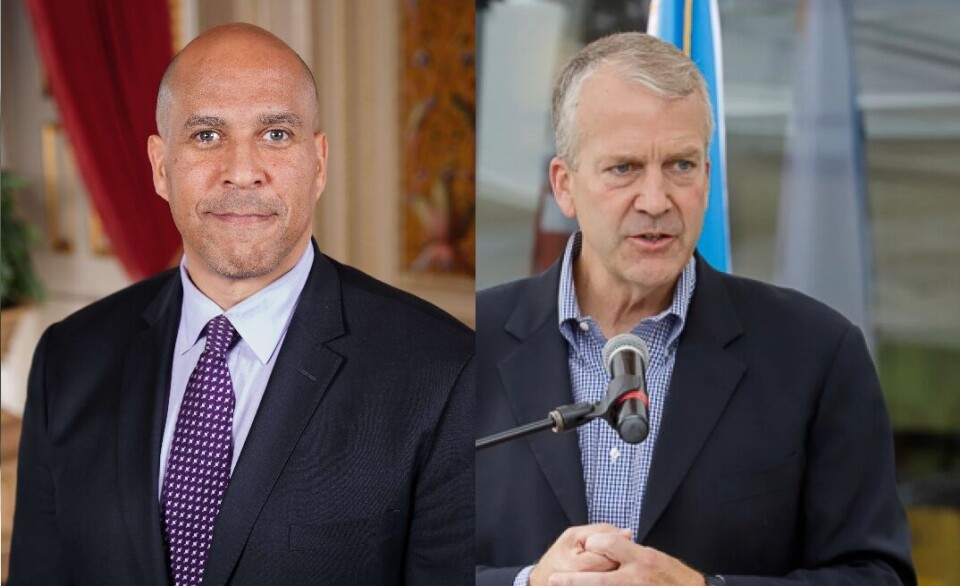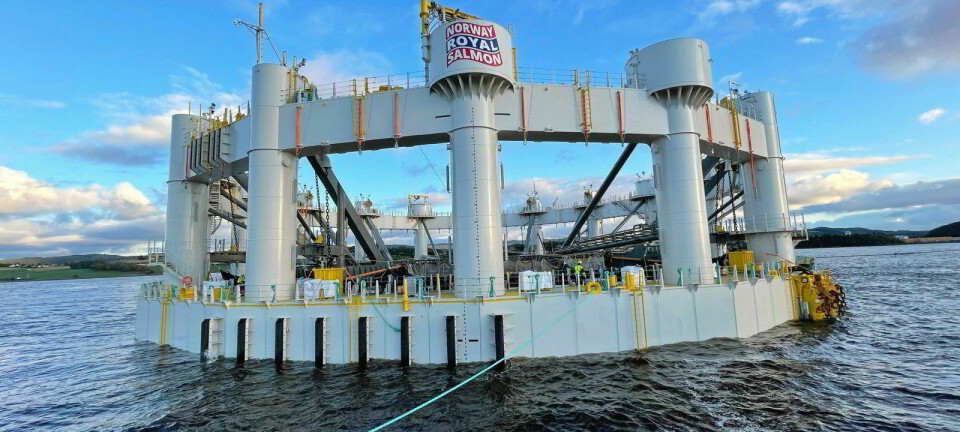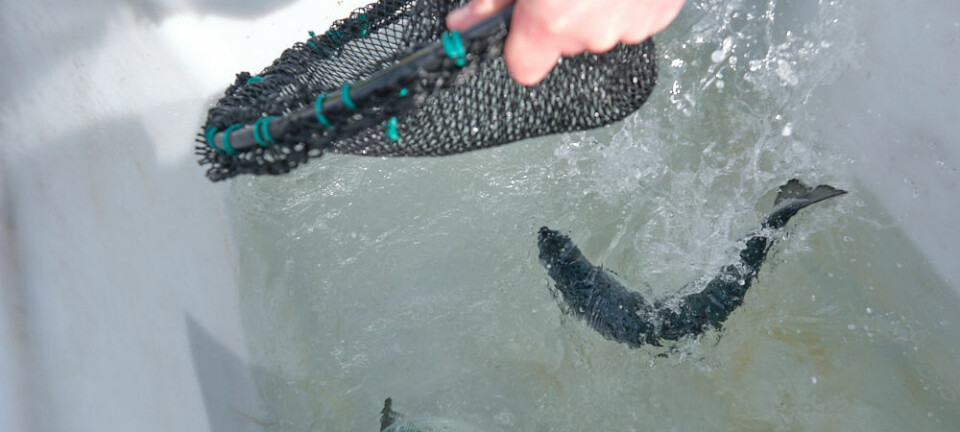
Pro-fish farm lobby defends 'cutting edge' sector from senators' claims
US politicians renew bid to block offshore developments
An organisation lobbying for a law that would make it easier to establish offshore fish farms in the United States has responded to a bid by two senators to block new finfish developments.
Republican senator Dan Sullivan, from Alaska, and Democrat Cory Booker, from New Jersey, have introduced the Keep Finfish Free Act, a bill that would bar federal agencies from permitting, authorising, or facilitating commercial finfish farming in federal waters. The bill was introduced in the previous Congress but did not make progress.
The legislation would prevent the establishment of any finfish aquaculture operations within three to 200 nautical miles of US shores – the country’s Exclusive Economic Zone (EEZ) - until Congress explicitly approves a permitting system.
Like the senators, lobby organisation Stronger America Through Seafood (SATS) also wants Congress to approve a permitting system, but for very different reasons.
'Risky fish farming'
While Sullivan claims that “risky fish farming operations in federal waters could jeopardise the health of our fish species and undermine Alaska’s coastal fishing communities”, SATS believes legislation is necessary to slash the red tape that is strangling efforts to advance offshore finfish aquaculture. Currently, companies must navigate a labyrinthine permitting process that can take years, cost a fortune, and has no guarantee of success.
The senators and their supporters object to fish farms for various reasons.
New Jersey senator Booker claims fish farms “use millions of pounds of wild fish to feed the caged fish at an unsustainable rate of consumption that depletes marine resources in traditional fishing areas”.
'Nothing but yuck'
Cindy Zipf, executive director of Clean Ocean Action, based in Long Branch, New Jersey, said: “Offshore finfish farms would harm and contaminate our wild and free ocean with pollution including from pharmaceuticals, chemical feed, and concentrated faecal matter. It will also promote diseases and genetic mutations which will threaten native species. In short, nothing but yuck.”
Cali Alexander, board member and policy chair with the Northeast Organic Farming Association of New Jersey (NOFA-NJ), and former state seafood administrator with the NJ Department of Health, said factory farming on land has displaced small producers, harmed rural communities, and depleted natural resources, and that industrial-scale fish farming threatens to do the same.
Cutting-edge science
But SATS campaign manager Drue Winters said humans have been farming fish for thousands of years, adding: “Today’s aquaculture operations leverage cutting-edge science, advanced research, and emerging technologies to produce a robust seafood supply that improves our diets and benefits the environment.
“With technologies like AI, for example, fish farmers can monitor fish behaviour in real time, optimise feeding schedules, and improve water quality management - increasing efficiency while enhancing sustainability by reducing waste and minimising environmental impact.
“When conducted to the highest standards, aquaculture is widely recognised by scientists as one of the most sustainable methods of food production and a vital way to increase the global protein supply. That’s why it’s critical for Congress to establish legislation that creates a clear regulatory pathway for open ocean aquaculture in US federal waters.
“We welcome the opportunity to grow this industry responsibly, under appropriately managed federal authority, to position the US as a global leader in sustainable seafood production.”
Aquaculture Opportunity Areas
During his first term of office, US president Donald Trump ordered the Commerce Department’s National Oceanic and Atmospheric Administration (NOAA) to identify Aquaculture Opportunity Areas (AOAs) that would be most suitable for offshore fish farms.
In an “Aquaculture Highlights” report about its work in 2024, NOAA Fisheries said it has researched three areas - Southern California, the Gulf of Mexico, and Alaska – for AOAs. NOAA has identified opportunities for finfish, shellfish, and seaweed aquaculture in Southern California and the Gulf of Mexico, and for shellfish and seaweed in Alaska, where the state opposes most aquaculture to protect its salmon fishing industry.
Assessments of AOAs in Southern California and Gulf of Mexico are expected to be finalised in the summer. Up to 10 proposed AOAs have been identified in Southern California, and four if the Gulf of Mexico.

























































